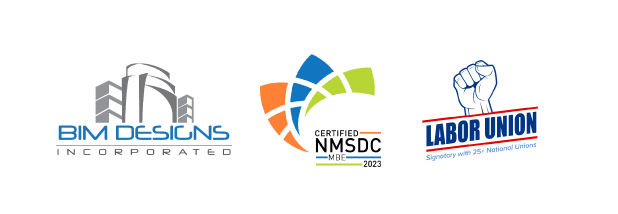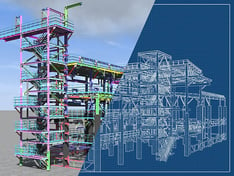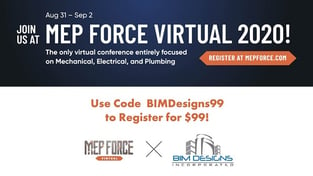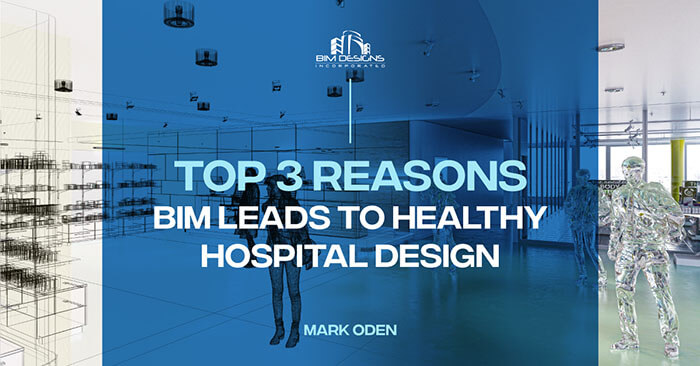
You’ll find countless discussions on how BIM (Building Information Modeling) helps construction companies save more and complete projects on time. The unified approach to using BIM in design and construction is equally cost-effective for healthcare projects that are often budget restrained.
However, apart from reducing costs, BIM workflows can also lead to healthier hospitals by involving hospital administrators and staff in the building design process.
Here are three ways through which BIM offers a healthier environment for patients as well as healthcare professionals.
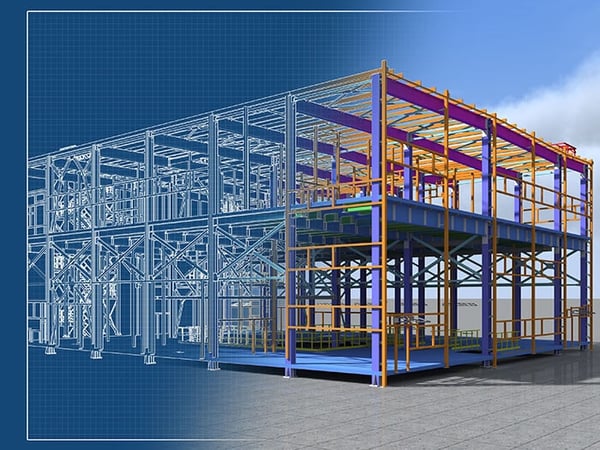
BIM can be a central aspect in creating healthier hospitals
1. Use BIM for Most Efficient Design for Medical Equipment Placement
Clearer visualization of the healthcare facility is one of the inherent benefits you get with BIM in the design process. However, apart from resolving key design issues with the construction team, you can leverage this 3D visualization and coordination capability to communicate the design intent of your healthcare facility with hospital staff.
Using 3D virtual walkthroughs, interactive 3D prototypes, and spatial planning diagrams, key stakeholders can provide direct feedback to the BIM design team and can even see the impact of their design decisions immediately.
For example, a BIM model with a detailed 3D representation of medical equipment allows staff to visualize the impact of machine placement on the overall functionality of the room. With 3D prototypes, building users can further explore design options for operation theaters and patient rooms. They can even tweak the clearances of the equipment to ensure adequate mobility and efficient healthcare operations.
2. BIM Provides the Ability to Implement or Change Structural Needs
A global pandemic like COVID-19 forced hospitals to come up with innovative ways to accommodate more patient beds. As the number of cases continues to spike, hospitals are expanding their emergency departments and are even building new temporary facilities.
However, the situation provides an important lesson for the healthcare system to be flexible enough to react to such crises and those that may occur in the future quickly. BIM can play a critical role in helping hospitals design and integrate built-in flexibility to respond to the sudden influx of patients efficiently. Owners not only can plan a facility with a provision to expand bed count but they also can make changes to the plan easily to convert existing units into ICU units and start delivering care to sick individuals quickly.
Additionally, BIM workflows used in the design are extremely useful when there is a need to expand existing hospital campuses without disrupting existing day-to-day operations. By adding the time component related to material supply, construction, and equipment installation to the 3D BIM model, the entire construction installation sequence can be viewed virtually. This capability allows teams to identify all the dependencies or clashes that would influence the planned schedule. Contractors can schedule their work in a manner that the existing facility remains completely operational while the expansion is in progress.
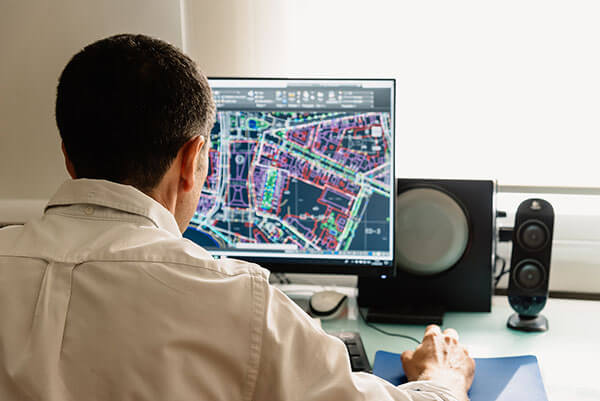
BIM enables healthcare professionals to provide their essential input in the design process
3. BIM Allows Design to Adhere to Building Codes and Standards with Ease
It is vital for any building type to remain compliant with codes and standards. However, for healthcare facilities, compliance is crucial as any negligence in quality control risks the lives of occupants. From emergency and standby power systems, life safety, fire safety, and ventilation to HVAC system installations, every hospital building element must adhere to local and national codes and standards.
BIM can help ease the pain of adhering to building codes. Utilizing BIM tools, stakeholders can identify conflicts in the design early and resolve them quickly. For example, MEP teams can detect clashes and can even perform airflow simulations to ensure compliance before actual construction.
Tools like Revit also offer automated plan review once teams add building code information to the BIM model. The tool feature compares the design with International Building Code using cloud services and displays results as annotations on the model to help stakeholders to make quick alterations and achieve compliance.
Build Healthy Hospitals with BIM Designs, Inc.
In addition to helping construction companies build healthcare facilities cost-effectively, BIM’s collaborative process and technology also offer benefits to the actual building users. Enabling their involvement in the design process, BIM allows hospital administrators and key project owners to better visualize the facility. With their feedback on the design, building teams can plan the placement of equipment in rooms effectively and ensure better facility utilization.
BIM also facilitates quick changes to the original hospital plan in order to efficiently expand the facility in case of a crisis without hindering existing operations. In addition, BIM tools further enable stakeholders to remain compliant with building codes and standards right from the design phase. Overall, BIM not only facilitates the cost-effective construction of hospital buildings but it also ensures a healthy environment for the building occupants.
At BIM Designs Inc., we have collaborated with leading construction firms and healthcare businesses to help them realize the potential of BIM. Explore some of the case studies to learn how our BIM services enabled our clients to build quality healthcare facilities at reduced costs.
About BIM Designs, Inc.
BIM Designs, Inc. is an agile BIM design, modeling, consulting, and coordination service provider for architecture, engineering, and construction (AEC) contractors and developers that desire experienced journeymen detailers and engineers for Mechanical, Electrical, Plumbing and Fire Protection (MEPF) modeling, Laser Scanning, and Virtual Design Construction (VDC) projects.
If you need 3D BIM modeling, design, and MEP detailing services, BIM Designs, Inc. (BDI) has the expert tradesmen who know how to precisely design and model your systems. Contact us today for a free estimate or to discuss your project needs.

About the Author
Mark, CEO, joined the BIM Designs team with over 10 years of experience working with Silicon Valley tech companies in product management, business development, mergers and acquisitions, and CxO roles. Mark leads the growth, strategy and execution of the company; his acute ability to develop and implement strategic processes that scale the company's capabilities drives efficient service delivery, increases client satisfaction, and builds cross-functional teams.

